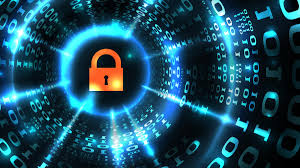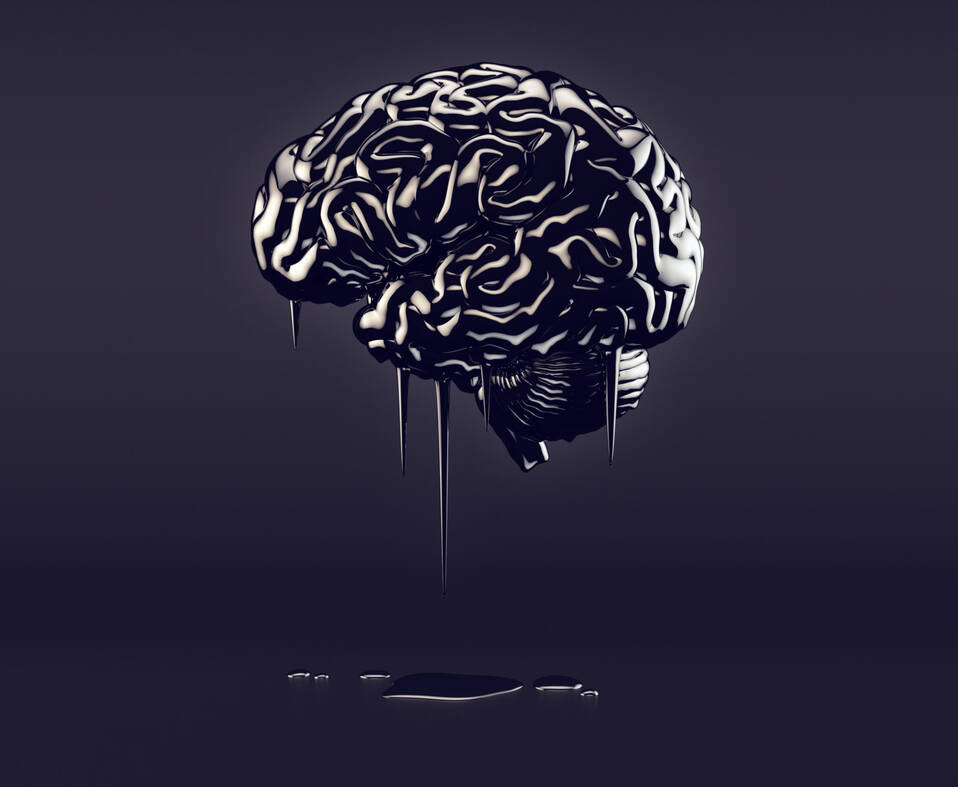Source: analyticsinsight.net
Different business and technology developments bring about increased levels of cyber risks. The continued adoption of web, mobile, cloud, and social media technologies have opened new open doors for attackers. Also, floods of outsourcing, offshoring, and third-party contracting have additionally weakened hierarchical authority over data systems. These trends have brought about a boundaryless environment with a lot more extensive attack surface.
Risk entertainers deploy a wide array of attack methods to remain one step stage in front of their exploited people. What’s more, groups of criminals and country states are consolidating infiltration procedures in their campaigns while utilizing malicious insiders in targeted organizations. As reported in a 2012 Deloitte survey of worldwide financial services executives, numerous financial services organizations are struggling to accomplish a level of cyber risk maturity expected to counter these evolving threats.
What security experts experiencing alert fatigue need is threat intelligence that has just been vetted and contextualized by individuals. Big data and AI tools give a plenitude of data and they can distinguish occasions and activities of concern, yet most security experts within an enterprise have neither the training nor an opportunity to comprehend the raw data. They need threat intelligence that has just been filtered, analyzed and contextualized, a “finished intelligence” that is “actionable” to their companies.
That is the place human intelligence experts and threat hunting teams become possibly the most important factor. These experts recognize a different sort of threat than those distinguished by big data and AI tools. If machine devices exceed expectations at identifying singular trees, human intelligence experts exceed expectations at understanding the character of the forest.
Building up a fast feedback loop from the operations environment once again into improvement is critical. However, the challenge is gathering threat intelligence that is instant and profoundly exact. Generally, the scan and firewall “outside-in” approach produces a staggering amount of false positives that buries and devalues the real attack data.
“Generally, an instrumentation-based “inside-out” approach has more context and improves the signal-to-noise ratio fundamentally. Obviously, just assembling better data isn’t sufficient, it needs to find good people that need it through the tools they are as of now utilizing. These incorporations are critical to an intelligence-driven security organisation.
A decent comprehension of threats, industry norms, and regulations can assist companies with securing their frameworks by designing and implementing risk-intelligent controls. In view of industry practices, companies should build a “defense-in-depth” approach to address known threats. This ought to include mutually reinforcing security layers that give redundancy and prevent attacks.
It is not that human intelligence experts and threat hunting teams supplant the monitoring and detection systems. Rather, they can augment and upgrade the raw intelligence caught by these amazing machine devices. Human intelligence groups can carry insight into the translation of raw intelligence that no machine can. They can connect signs with the paste of experience and relevant comprehension, which no machine yet does.
What enterprise security experts need is an approach to operationalize this completed threat intelligence. They need tools that can give deep understanding into the hardware, software and procedures advising the operational ecosystem regarding the enterprise, including its endpoints, networks, clouds, IoT devices, supply chains and more. In addition, they need tools that can empower them to make changes to any component in that ecosystem in a streamlined and orchestrated way.
Better threat intelligence creates opportunities for an enterprise to mount a proactive cyber resistance, however, without an ability to operationalize that threat intelligence, the company will most likely be unable to dispatch the defense successfully ahead of time of the approaching attack. With tools to operationalize this threat data, a company can react rapidly and adequately to secure its kin, data and procedures, even its brand and reputation from any emerging cyber threat.
Nourishing intelligence into a security operations centre (SOC) can drive threat detection and response more aggressively. A SOC can enable experts to do threat hunting and discover more signs of a breach or find how it has moved along the side and is compromising more hosts. However, adopting an intelligent-driven approach can mean experts suffocate in threat data; an average enterprise can deal with 174,000 alerts per week.
To adapt to this unthinkable volume of information, characterizing a group’s threat analytic skills is key. However, much increasingly fundamental is the way their work is augmented via automation that resolves routine alerts and prioritises more complex alerts for talented human intercession. Augmenting human threat intelligence can go further. There’s a developing library of cyber security playbooks on threats and exploits that can deal with threat detection and response automatically, so you don’t have people doing it constantly. With the scale and speed of dangers, we should acknowledge and embrace how the core of cyber security is going to utilize more threat intelligence automation to beat our adversaries.
Turning into a company where Cyber Threat Intelligence (CTI) drives decisions is progressively significant, as it can play a pivotal role in empowering security, vigilance, and strength. CTI ought to be supported by the collection of raw data about cyber threat indicators so as to get insights about adversaries from a wide scope of sources. These sources should be both internal and external, through automated methods, and through human interaction.
Nonetheless, to be noteworthy, threat information should be seen in a context that is significant to the company. To this end, automation can be utilized to filter and feature data that is generally significant to important risk areas.
The measure of information got from CTI can be faltering. Hence, analyses should incorporate statistical techniques for parsing, normalizing, and correlating findings, as well as human review. This should be led within a risk management process, built around well-defined communication and mitigation activities.
A cyber risk management process prioritizes, analyzes, and detects a threat before, during, or after its event while indicating the correct reaction. The latter may include remediation, control updates, and the vendor or partner notification.


